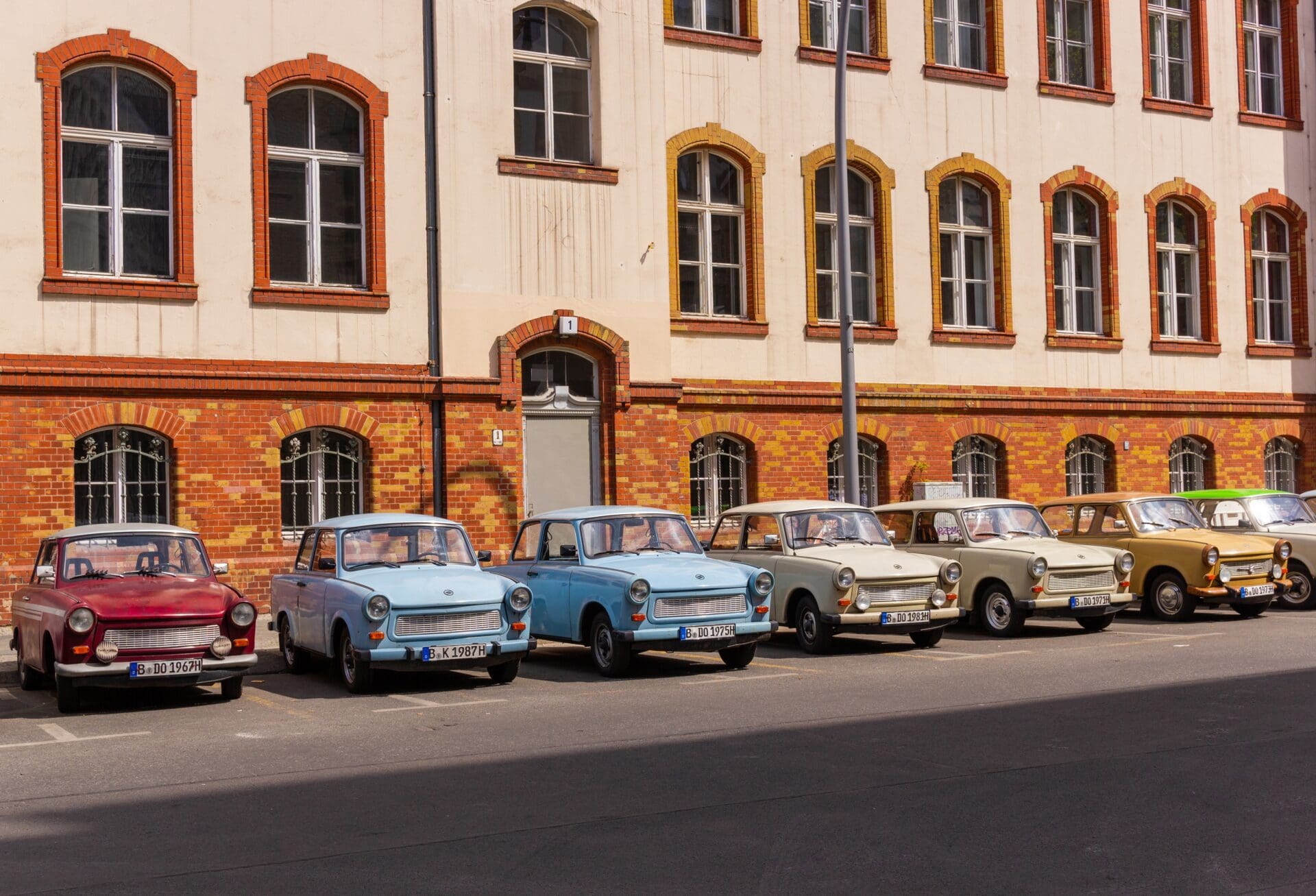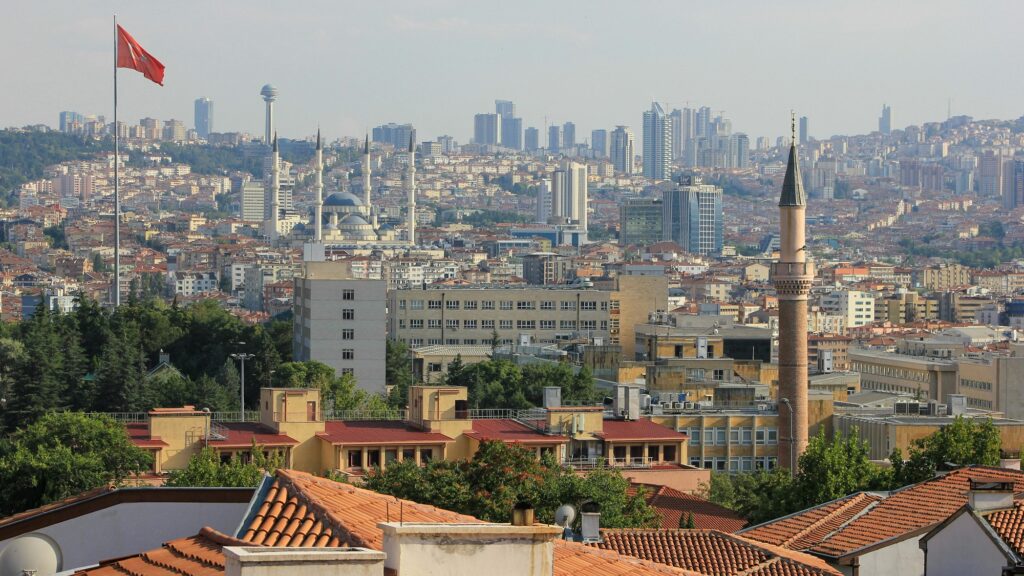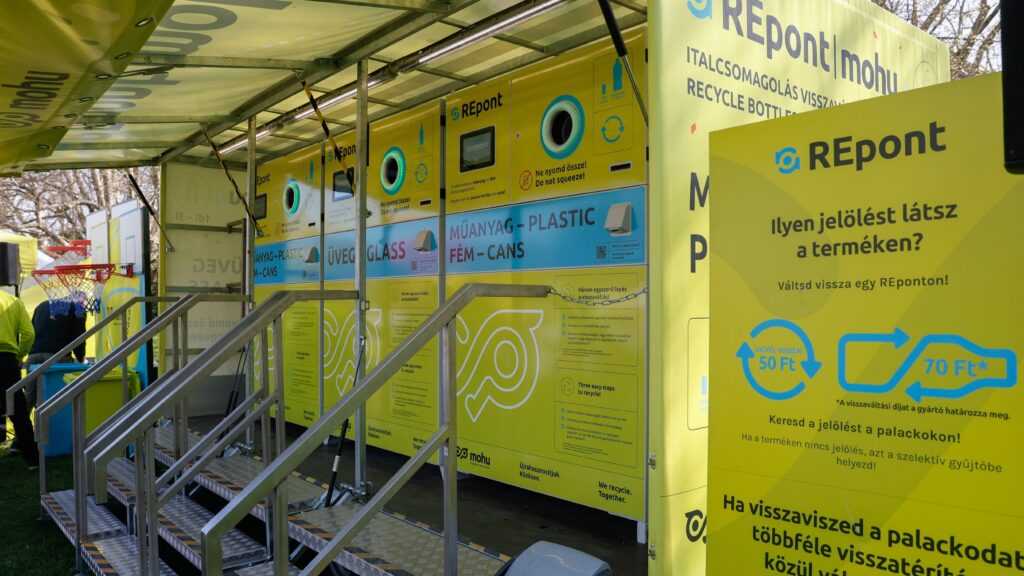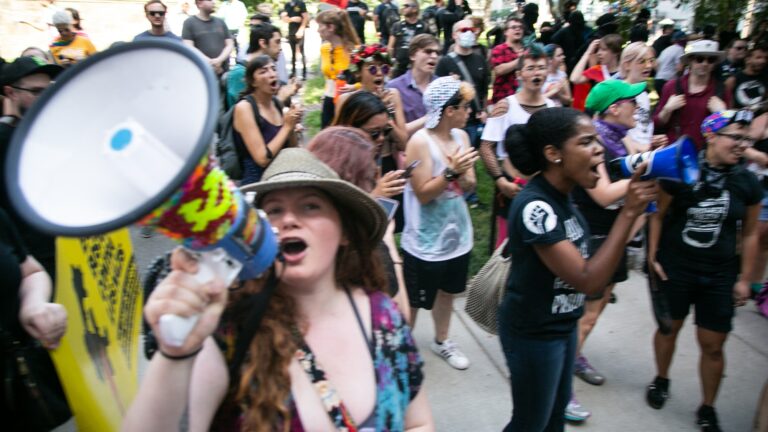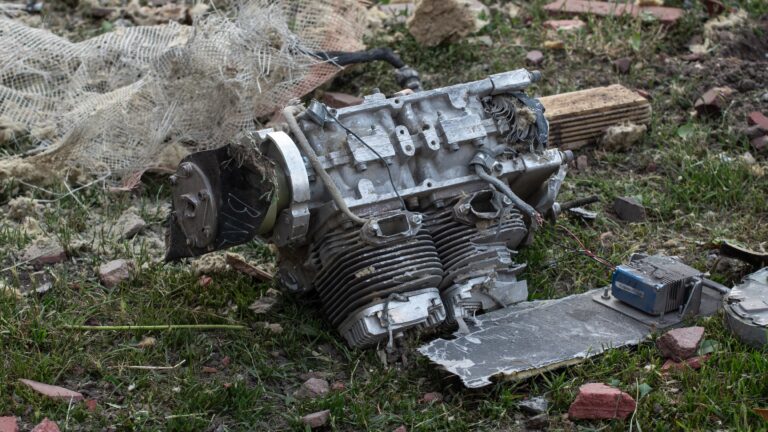The memory of communism in Hungary relies on two pillars—family history, and national collective memory. The family memory of communism is important because as opposed to other, key periods of Hungarian history, such as the 1848–49 Revolution and Freedom Fight, of which no personal, family stories have been preserved, due to the closeness of the pre-1989 regime, personal stories can still shape national collective memory.
There is an obvious issue with personal or family history, however. It is a rather incomplete and selective form of memory, as opposed to historiography which is more holistic and fact-driven. Personal recollections of the communist period are disproportionately of the Kádár era, which lessens the significance of the previous Rákosi epoch. As opposed to the latter that lasted from 1947 and 1956, and was a full-fledged totalitarian regime, the Kádár era was a ‘mild’ dictatorship, a so-called Welfare Communist or Goulash Communist regime. And this is where the importance of national memory politics reveals itself –the role of collective memory on the national level is to assess the past in its entirety (which includes both the Kádár and the Rákosi eras), instead of allowing private memory redirect focus on the welfarism of the Kádár years.
The nostalgia for the Kádár era, which is behind the period’s saliency in personal recollections, is well demonstrated by a 2019 survey conducted by Nézőpont Institute.
Respondents were asked what they thought was the most successful era in the last 150 years of Hungarian history.
Predictably, most of the respondents (34 per cent) said that the post–2010 period is the best era of the last 150 years of Hungarian history. The second-best period, however, according to the responses, was the Kádár era with 29 per cent of respondents feeling that way, significantly more than those who chose the Austro-Hungarian, the Rákosi, the Horthy or the 1990s’ transition periods). The Rákosi era was the least popular period with only one per cent of respondents selecting it. There is a clear generational divide regarding the perceptions of the Kádár era—while 44 per cent of respondents aged between 50 and 59 and 31 per cent of those over 60 assessed the era positively, only 22 per cent of young people aged between 18 and 29 did so. As the greatest beneficiary of the nostalgia, Kádár himself enjoys a rather positive image, too—44 per cent of Hungarians have a rather positive, and only 38 per cent a rather negative view of him. Rákosi, on the other hand, is highly unpopular. Seven per cent assessed him positively, as opposed to 63 per cent who have a negative opinion.
These survey responses demonstrate that there is a great discrepancy between how Hungarians recall the Kádár and Rákosi eras.
However, as both eras shared communism as their guiding ideology, the aim of collective memory on the national level should be to demonstrate the ideological closeness of the two regimes. In fact, perhaps by different means, but individuals were oppressed and humiliated in both periods.
Else than the discrepancy between the personal memory of the Kádár and Rákosi regimes, according to a more recent study by the Századvég Institute, the individual memory of Hungarian communism is also profoundly shaped by the respondents’ socio-economic status. While highly educated people are less likely to endorse the past regime, blue-collar workers are much more likely to have a positive recollection of the past as, due to the regime’s Marxist foundations, manual labour was (in theory) more respected, and workers idealized. While 48 per cent of those without a secondary school diploma, only 25 per cent of university educated people think that the regime before 1989 was better than the regime today. Similarly, the approval rate of the past regime in smaller communities is higher than in cities. Therefore,
on the level of national collective memory, it is not only a Kádár vs Rákosi era divide,
but a social and spatial (city vs countryside) divide must also be bridged to consolidate a functioning, instead of a fragmented, remembrance.
The final issue with how Hungarians remember Communism concerns those who do not have personal recollections from the period anymore—young people. Their attitude towards communism is less than straightforward. On the one hand, the above mentioned Századvég report found that young people are less knowledgeable about and less interested in the period than older generations, but also more apologetic. On the other hand, the aforementioned study by Nézőpont Intézet found that young people are more likely to consider a political party’s attitude to communism than any other generation when voting. While 58 per cent of young people said that they take into account how a given party relates to communism when deciding whether to vote for it, only 36 per cent of retired people said so (the national average was 45 per cent).
Young people care for parties’ relationship with communism not because they endorse the totalitarian ideology.
Only 16 per cent of young people between 18 and 29 have a positive attitude towards communism, versus 57 per cent who have a negative opinion. The older respondents are, however, the more likely they are to view communism with a sense of nostalgia. 30 per cent of the survey respondents over 60 said that they have a negative view of ’anticommunism’, as opposed to 17 per cent of young people.
In short, while the discrepancy between the collective memories of the Kádár and Rákosi eras, as well as socio-economic factors continue to pose a challenge to the maturing of a cohesive Hungarian collective memory of communism, the tendency among young people to view their ancestors’ actions under a totalitarian regime with empathy while at the same time to strongly reject Communism as a political ideology is a promising development.

